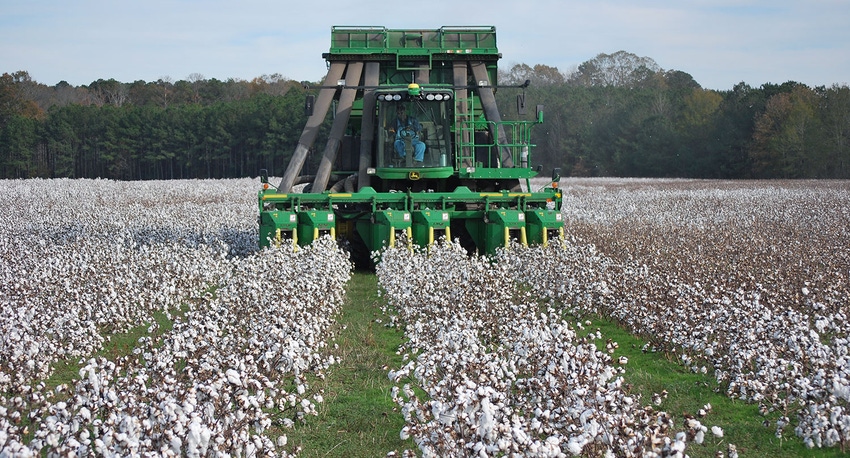
Land value is a local game. What's done with just a handshake or penned out in a multi-year, multi-tiered agreement can vary from county to county and from field to field. But it's helpful to know how local land values weigh up against the averages, or what producers report.
In late August, USDA released the Cash Rents Survey. The agency between February and June asked producers about their total acres operated and acres rented for cash for irrigated cropland, non-irrigated cropland and permanent pasture for the current year. According the survey, for five Southeastern states, the per acre value and rent has stayed close to flat with a slight uptick.
According to the survey, the average asset value of an acre of irrigated cropland in:
Alabama in 2020 was $3,500, and in 2021 was $3,350.
Georgia in 2020 was $3,320, and in 2021 was $3,480.
Florida in 2020 was $7,190, and in 2021 was $7,300.
South Carolina in 2020 was $2,830, and in 2021 was $2,900.
North Carolina in 2020 was $4,180, and in 2021 was $4,290.
According to the survey, the average rent cost of an acre of cropland, which for the survey includes the averages of both irrigated and non-irrigated acres, in:
Alabama in 2020 was $68, and in 2021 was $66.50.
Georgia in 2020 was $126, and in 2021 was $135.
Florida in 2020 was $132, and in 2021 was $127.
South Carolina in 2020 was $47.50, and in 2021 was $50.50.
North Carolina in 2020 was $88.50, and in 2021 was $94.50.

Production history, soil type and other variables can all play into local land negotiations. (Brad Haire)
The counties with the highest rents for an irrigated acre of cropland in:
Alabama were Lawrence at $143 and Houston at $136.
Georgia were Decatur at $254 and Baker at $248.
Florida were Hillsborough at $405 and Miami-Dade at $408.
South Carolina were Orangeburg at $154 and Lee at $135.
North Carolina were Haywood at $290 and Burke at $205.
An average is just an average, though. Location matters, along with other variables when it comes to the value of something in a localized market. Does an acre of crop land you've had your eye on next to a field you already work have a higher value than the county average? Maybe. Does an acre of cropland closer to a suburb or a major city bring a higher market value? The laws of supply and demand and competition for a scarce resource would say, yes, very likely.
For example, Florida's highest rents for an irrigated acre are within the geographic pulls of Tampa and Miami. Jackson County, located in the panhandle region, is one of the largest row-crop counties in the state. Average cash rent for an irrigated acre in Jackson County is $179.
In Georgia, the highest rents for irrigated acres are in the southern part of the state, where most of the cropland is located, particularly in its southwest corner where rent is typically more than $200 for an irrigated acre. The highest rent for an irrigated acre in North Carolina is in Haywood County, part of the Asheville metropolitan sphere.
Production history, soil type (or maybe who hit Jimmy at the family reunion) can all play into local land negotiations. But data, if nothing else, can help chisel out a benchmark that might come in handy now or down the road.
For the survey, USDA contacted about 260,000 producers. FSA uses cash rent county estimates to determine market rates for USDA programs, such as the Conservation Reserve Program. Other state and federal agencies, universities and research groups sometimes use the information, too.
About the Author(s)
You May Also Like






